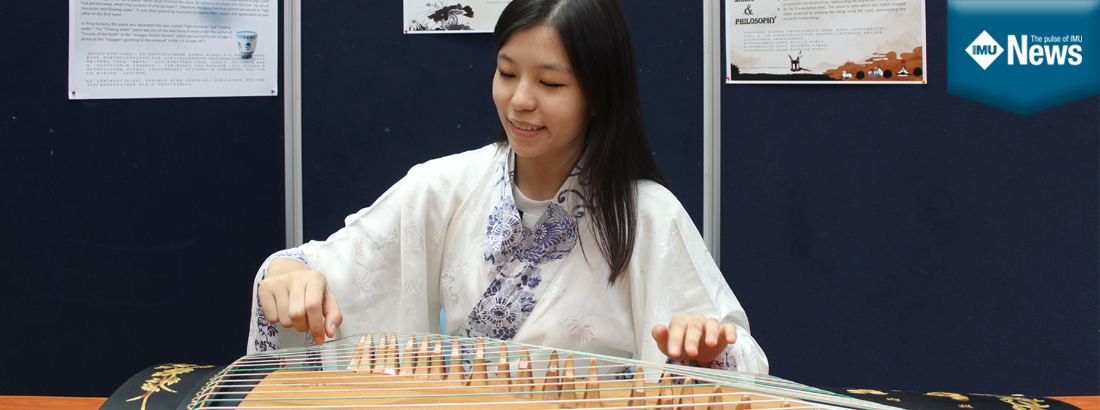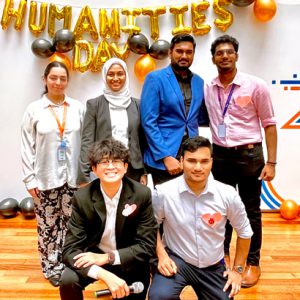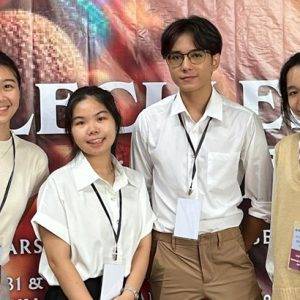Chinese culture (中华文化) is one of the world’s oldest cultures, tracing back thousands of years. It is considered one of the dominant cultures in East Asia historically, and is among the most influential cultural forces regionally and globally. Chinese language, literature, arts, philosophy and history are widely respected and learnt by populations around the world, while its traditions and festivals are currently still being celebrated, instilled and practiced by people around Asia and worldwide.
Back in July 2013, a band of dedicated IMU students revived the HuaXia Chinese Cultural Society. Since then, the Chinese Cultural Week (CCW) had been one of the most anticipated annual affairs conceptualised around the idea of celebrating Chinese cultural traditions, lifestyles and interactions across cultures in the IMU community. It introduced a series of activities that highlighted Chinese heritage and contemporary Chinese culture in a modern and engaging way.
This year, the event was conducted following the theme: “从心寻根” that translates into “The passion of discovering the roots of Chinese culture that reside in the hearts of its people”. The basis of this event is to exploit the elements in traditional Chinese culture and enhance the understanding of Chinese culture among IMU community, which comprise of individuals from different races, religions and backgrounds.  The event kicked off with a speech delivered by the Vice-Chancellor of IMU, Prof Abdul Aziz Baba at the opening ceremony, followed by a week-long exhibition that showcased various traditional Chinese items such as calligraphy brushes, Chinese tea, chess, Hanfu (traditional Chinese clothing), dance props, musical instruments, Chinese knots and posters. Whether awed by the delicate strokes of calligraphy, or triggering curiosity about traditional Chinese lifestyles in the past, the Chinese Culture Week gave audiences a deeper insight into the various aspects of Chinese culture.
The event kicked off with a speech delivered by the Vice-Chancellor of IMU, Prof Abdul Aziz Baba at the opening ceremony, followed by a week-long exhibition that showcased various traditional Chinese items such as calligraphy brushes, Chinese tea, chess, Hanfu (traditional Chinese clothing), dance props, musical instruments, Chinese knots and posters. Whether awed by the delicate strokes of calligraphy, or triggering curiosity about traditional Chinese lifestyles in the past, the Chinese Culture Week gave audiences a deeper insight into the various aspects of Chinese culture. 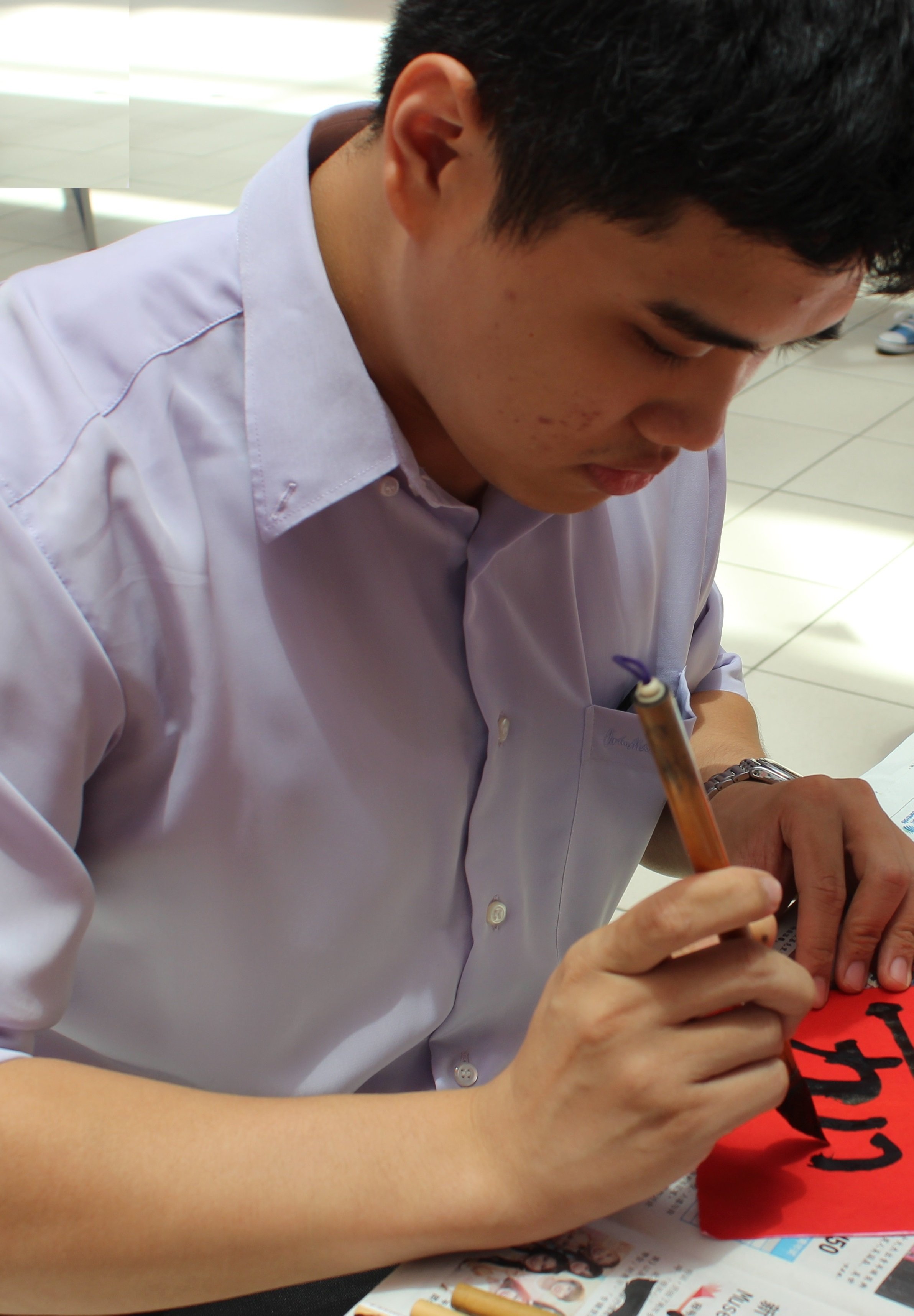

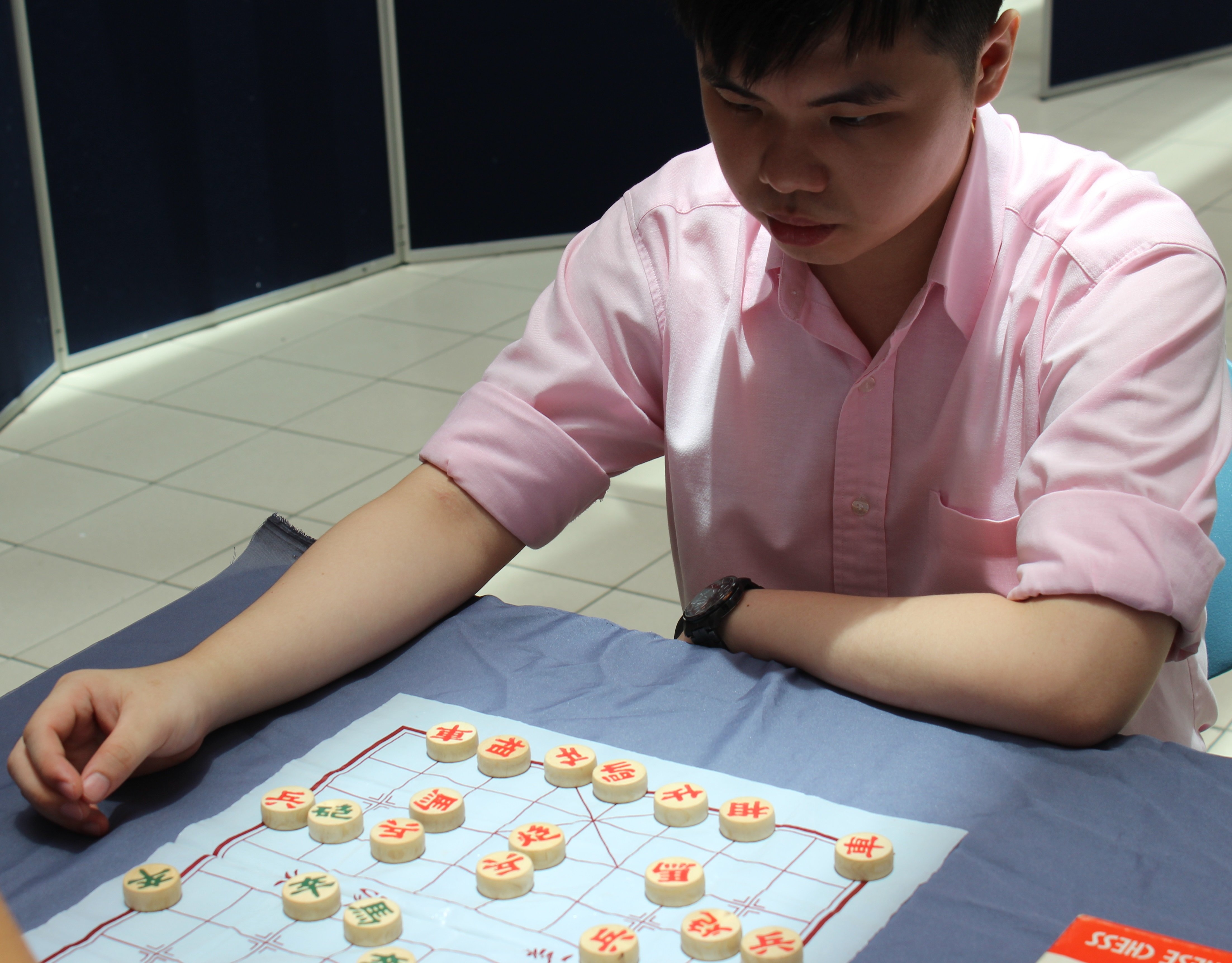 Participants were given the opportunity to experience the culture themselves through hands-on activities on calligraphy writing, Chinese tea sampling and trying on the Hanfu. This managed to ignite and attract the interest of approximately fifty students and staff of different races and ages. Following that, there were also traditional games such as ‘Go’ (围棋) and mei blowing (吹梅).
Participants were given the opportunity to experience the culture themselves through hands-on activities on calligraphy writing, Chinese tea sampling and trying on the Hanfu. This managed to ignite and attract the interest of approximately fifty students and staff of different races and ages. Following that, there were also traditional games such as ‘Go’ (围棋) and mei blowing (吹梅). 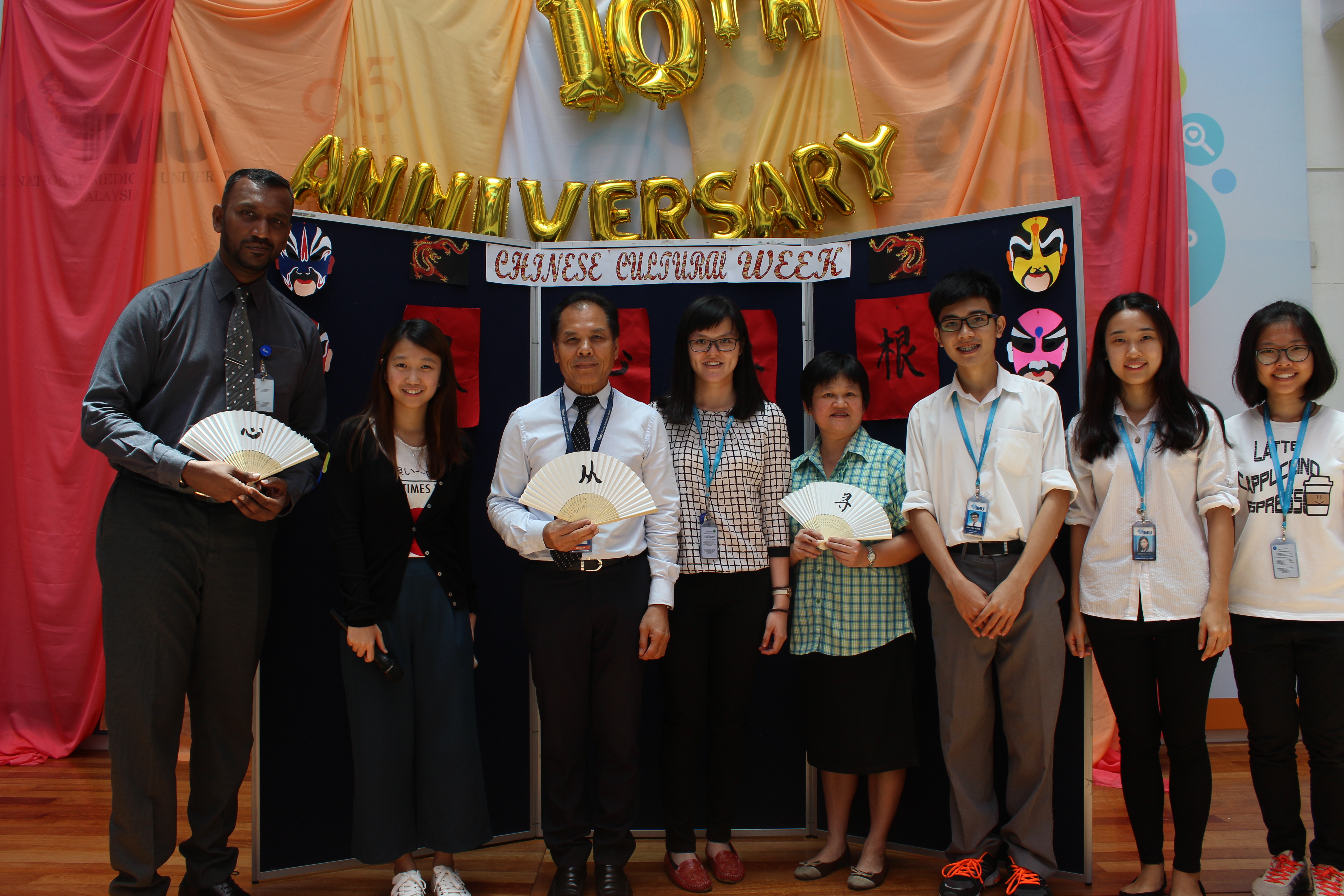
The event was a success as it instilled a renewed appreciated for Chinese culture not only amongst the Chinese community, but also individuals from other ethnicities.




